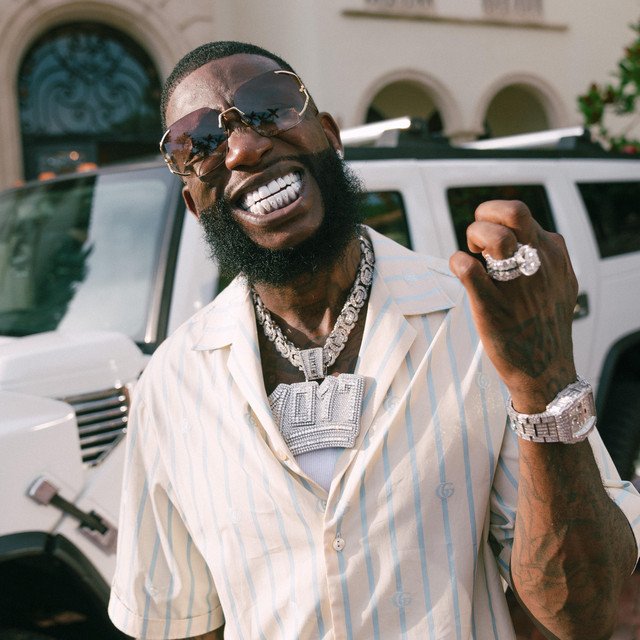Gucci, a name synonymous with luxury, opulence, and allure, has captivated fashion enthusiasts for decades. Its heritage evokes a bygone era of Italian craftsmanship and exquisite design. Yet, Gucci’s recent journey paints a complex picture – a rise to the pinnacle of high fashion followed by a descent that left the brand at a crossroads.
This analysis delves into the factors that propelled Gucci to stratospheric heights under the Kering umbrella, the missteps that led to its decline, and the strategies the brand now employs to reclaim its former glory.
The Meteoric Rise: A Fusion of Innovation and Heritage
Gucci’s ascension under Kering ownership owes much to the visionary leadership of creative director Alessandro Michele. Appointed in 2015, Michele revolutionized the brand with his “maximalist” aesthetic. Gone were the minimalist, clean lines of the past; instead, bold prints, flamboyant textures, and an eccentric mix of styles took center stage. This audacious approach resonated with a generation yearning for self-expression and individuality.
Michele’s reign also saw the birth of several iconic products. The Dionysus bag, with its signature tiger head closure, and the Princetown slippers, adorned with playful embellishments, became coveted status symbols. Gucci’s social media strategy further amplified its success, fostering a vibrant online community and propelling the brand to unprecedented levels of engagement.
The Cracks Begin to Show: Overexposure and a Loss of Direction
However, Gucci’s rapid ascent contained the seeds of its future struggles. The overexposure of its signature products led to market saturation. The logo-mania that initially captured attention began to feel repetitive, and the constant stream of new designs overshadowed the creation of timeless pieces that retain value over time.
Moreover, Gucci’s creative direction appeared to lose focus following Michele’s initial burst of innovation. The constant churn of new styles lacked a cohesive narrative, leaving consumers unsure of the brand’s core identity. This inconsistency alienated some of the loyal following cultivated by Michele’s initial bold vision.
The Kering Factor: A Decentralized Approach with Unintended Consequences
Gucci’s struggles cannot be viewed in isolation from the management style of its parent company, Kering. The Pinault family, led by Francois Pinault and his son Francois-Henri, have steered Kering towards decentralized management, granting significant autonomy to each brand under their umbrella. While this approach has fostered creative diversity within the Kering portfolio, it has also been criticized for lacking the strategic oversight that might have prevented Gucci’s missteps.
In contrast, LVMH, Gucci’s main competitor, operates under a more centralized structure, where visionary leader Bernard Arnault exerts a strong guiding hand. This structure allows for a more unified brand message and a clearer focus on long-term strategic goals.
The Road to Redemption: Reclaiming Luxury Status
Gucci’s current challenge is to navigate its way back to the pinnacle of luxury fashion. Francois-Henri Pinault’s vision to elevate the brand to the same echelon as Hermes and Louis Vuitton underscores this commitment. This requires a multifaceted approach.
1. Redefining Exclusivity:
One crucial step is a strategic shift towards exclusivity. Part of Gucci’s recent decline can be attributed to oversaturation in the market. By limiting distribution and focusing on premium retail experiences, Gucci can regain its aura of unattainability and cultivate a sense of exclusivity that aligns with true luxury brands.
2. Cultivating Legacy:
The relentless pursuit of fleeting trends overshadowed the creation of timeless pieces. Gucci must rediscover its heritage and channel its craftsmanship into iconic designs that transcend seasons and generations. Building a legacy on classic silhouettes and exceptional quality will create a lasting impact on the fashion world.
3. Innovation with Purpose:
Innovation continues to be critical, but it needs a clear direction. Gucci must leverage its creative DNA to offer fashion that pushes boundaries with purpose, not just for the sake of novelty. This could involve incorporating sustainable practices or championing social causes through its designs.
4. A Story to Tell:
Creating a compelling brand narrative is essential. Gucci needs to move beyond mere aesthetics and tell a story that resonates with its target audience. Social responsibility, inclusivity, or a focus on artisanal craftsmanship could be woven into the brand message, fostering a deeper connection with consumers.
The Ever-Evolving Landscape of Fashion
In conclusion, Gucci’s journey serves as a cautionary tale for the fashion industry. The ever-evolving landscape demands constant adaptation and a clear vision for the future. While trends may come and go, staying power comes from a commitment to quality, innovation with a purpose, and a story that transcends fleeting fads.
Gucci’s path to redemption will require a delicate balancing act – embracing its heritage while pushing creative boundaries, prioritizing exclusivity while remaining relevant. As it embarks on this quest, the brand stands to solidify its position as a fashion icon for a new generation, one that values both heritage and innovation, self-expression, and social responsibility. Whether Gucci will reclaim its former glory remains to be seen, but its journey offers valuable lessons for navigating the ever-changing world of luxury fashion.
Here are some additional elements you can consider including:
- Briefly mention any recent initiatives or changes Gucci has implemented to address the challenges mentioned.
- Include a captivating title that reflects the brand’s journey (e.g., “From Opulence to Overexposure: Gucci’s Quest for Redemption”).



